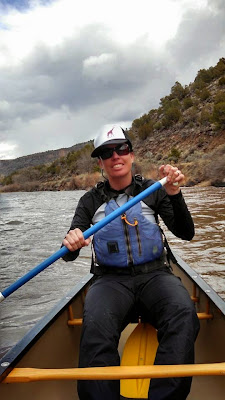Their Spanish language teacher had resigned: would I be interested in teaching French through a new language program the school would offer? It would be a part time position and an entrance into the community, structure and methods of teaching. I could continue at my job and take online classes to become certified as a secondary education teacher. I accepted before the phone call ended. We agreed that I would come to the school the following Friday so we could define the parameters of the position.
 |
Grenoble, France, 2005 Photo by Bec Allen
|
My dad and sister shared a reaction similar to my own. I discussed the FT gig with my partner and he encouraged me to accept, as he had with her previous offer. Then a friend who had worked in the same school system where this one is chartered guessed correctly that FT equalled benefits, the like of which was alien to this mostly independent contractor. I long for a new chapter of my life where I kick debt's arse, maintain health insurance, own a home and start to build wealth.
Besides that, hadn't I often spoke about the desire to head this direction, toward meaningful work with opportunities for growth, with a more consistent schedule through the year and a paycheck that remained steady, no matter if it was peak or off season? She quoted me, my hope to try everything possible (barring moral no nos) and that I could "do anything for a year" as an experiment.
The director called the next day, unable to wait the week until our meeting, perhaps intuiting my reservations. What she offered resonated with my being and I knew then that even if it was a year of hard work, the benefits beyond health insurance, retirement and a consistent income merited that work. As a friend had reminded me, few people get asked to teach in a classroom on an intern license and minimal classroom experience. I'd learn copious skills as a teacher, part time thus less demanding, and the experience would support my certification classes and vise verse. Best of all, my first year as a teacher would happen with the support and mentorship of seasoned teachers and the force of the director.
 |
| Ski instructor, Jackson Hole Mountain Resort, 2012 |
The other parts of the rest of the FT job? As the synthesis of years teaching skiing, as a raft guide and outdoor recreationist in various ways, I'd get the chance to reinvigorate the wilderness component of this EL type school as the outdoor education coordinator. This means I organize and lead excursions camping and backpacking, biking, hiking, skiing and rafting, with an emphasis on leadership, skill acquisition, fitness, awareness of the natural world and self, and always, safety and fun.
Oh, and I get to be the activity bus driver, too. Now I just have to obtain my CDL.
It's going to be one interesting, educational, eye-opening, challenging and exhilarating year. I can't wait for our first day of classes tomorrow.







